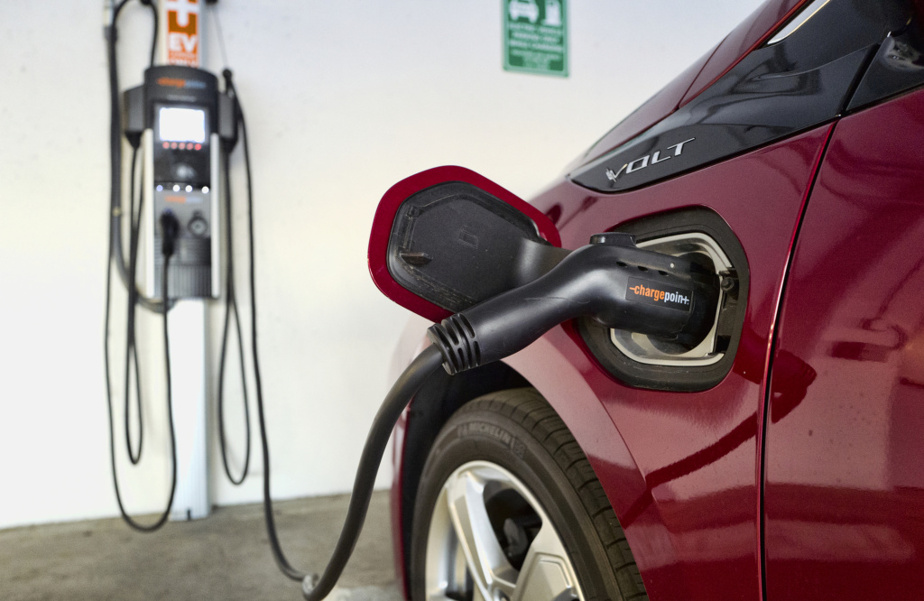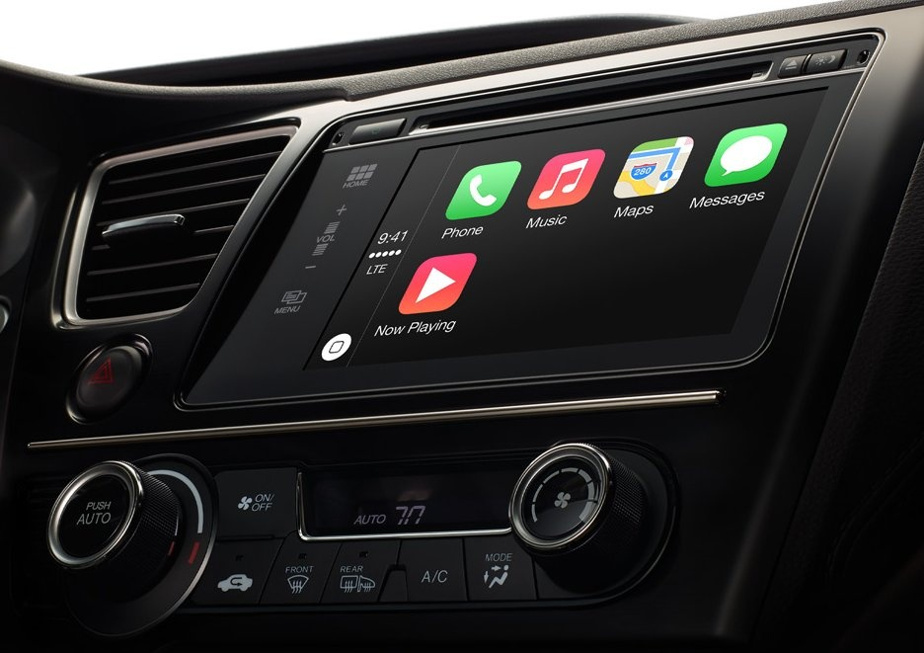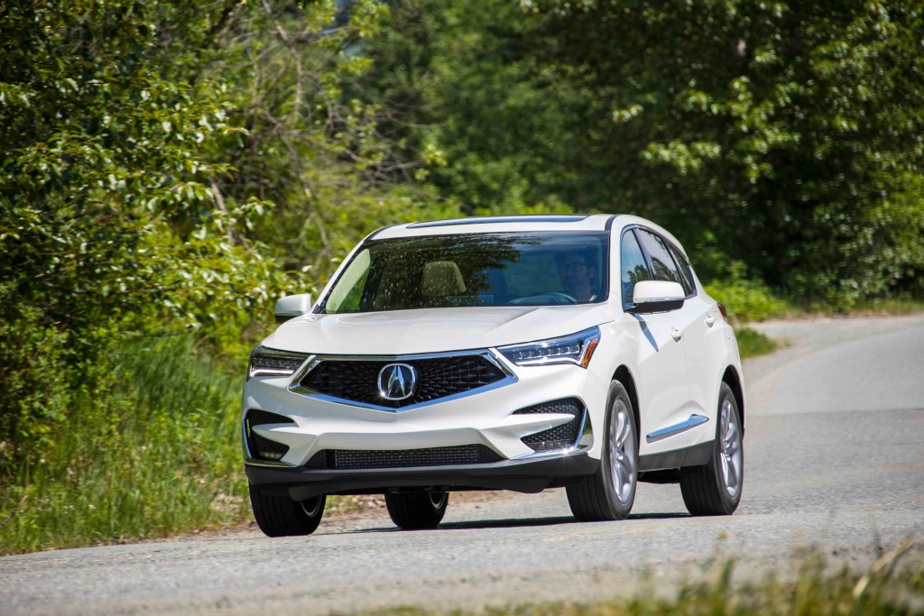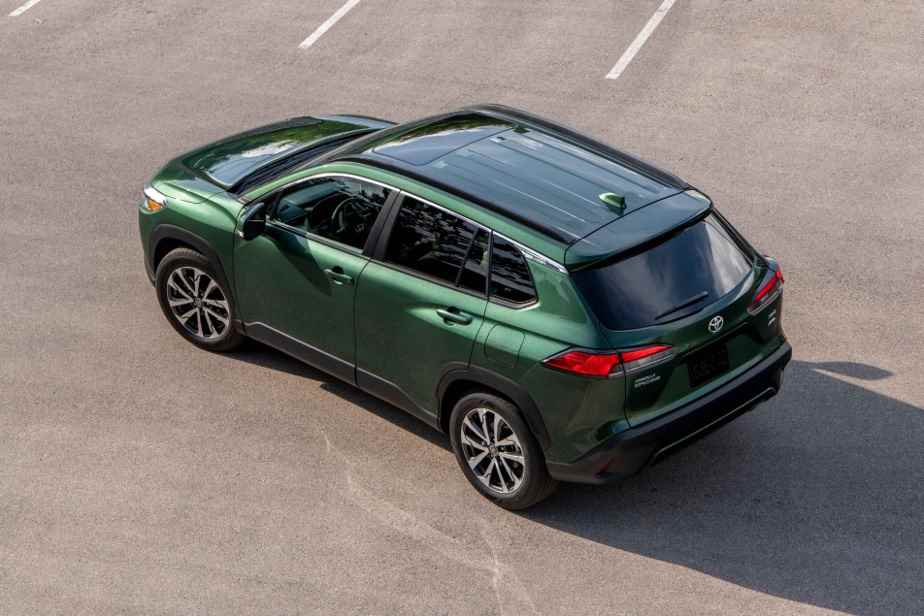Posted at 11:45 a.m.
A faithful
Q: I’m looking for a small all-wheel-drive car. I live in Montreal (and want to shovel less) and the chalet is in mountainous terrain. I keep my cars for a very long time. I’m a Toyota fan, but the CH-R doesn’t come with all-wheel drive. So, Kona, HR-V? Other Suggestions? — Line B.
A: If you want to stay loyal to Toyota, we suggest you take a close look at the Corolla Cross. Especially since this model will be offered in the fall with a hybrid engine (not rechargeable). You could also consider the Subaru Crosstrek because of the quality of its four-wheel drive system, as well as the Mitsubishi Eclipse Cross, a vehicle offering an attractive quality/price ratio (all-wheel drive as standard) and a warranty likely to reassure you (10 years on the powertrain). As for your other two choices, the Kona has several appeals, but the service mechanics lack spirit and the trunk volume is cramped. As for the HR-V, it will undergo a full test bed next week. This is a new generation (reliability file still virgin), more wrapped up, more expensive and less clever than the model it replaces.
To finish with the Volt

PHOTO RICHARD VOGEL, ASSOCIATED PRESS ARCHIVES
The Chevy Volt
Q: I’ve always believed that the system used by GM’s Volt would be the system of choice before we had enough electric vehicle range (600-800 km) for people to buy into it. A range of 70 to 100 km (rechargeable) for trips nearby and a generator that charges at its highest efficiency for long distances. How do you explain the abandonment of this system? —Richard G.
A: Even today, many consumers find it hard to understand this decision by General Motors. And this misunderstanding in this file, as well as many others, is a matter of communication. The Volt was a great idea technologically and, as you point out, an excellent ambassador for introducing consumers to electric propulsion. The main reasons that led to the scrapping of this technology were: its profitability, its low commercial success and, above all, its quickly reached limits. On this subject, note that the Voltec architecture was compatible with a small aerodynamic car. It could not be adapted to an SUV the size of an Equinox for example. The latter would then have required a range extender (read petrol engine) that was more powerful, heavier (obligation to add a larger petrol tank to it) and even more expensive to produce.
Prisoner of the system

PHOTO PROVIDED BY APPLE
The CarPlay infotainment system
Q: We regularly hear negative reviews about the infotainment systems of some new cars. Is it possible to replace this one with another one? — Marc-André L.
A: Unfortunately no. For nearly ten years now, Google and Apple have each launched their own standard (Android Auto and CarPlay) in order to use their software using the vehicle’s control screen and the motorist’s mobile phone. So-called “closed” systems that allow computer giants to keep control of the data collected from users. This is where the battle begins. Many manufacturers prefer “open” systems to keep control of their valuable data.
It’s pressing

PHOTO PROVIDED BY ACURA
The Acura RDX
Q: Owner of a 2013 Acura RDX, 155,000 km, I was planning to keep my car for another two or three years, then replace it with an equivalent electric car in terms of comfort, reliability and safety. My mechanic, whom I trust, informed me this week that I will have to consider expensive repairs (steering, air conditioning, bodywork) within 10 to 12 months. I therefore have a little time to replace my vehicle, but not as much as I would like. Buying an electric car seems unrealistic to me in this time frame.
Is leasing a gasoline-powered car for three years and then buying an electric car an option? And could it be economical? Would buying a gasoline-powered car (new or used) with the intention of reselling it after three years be more interesting? And could it be economical? To take into consideration, my height, 1.96 m. Mid-size sedans are not for me. What scenario to consider? What SUV models might be right for me? — Jean-Pierre B.
A: The issue right now is vehicle availability (gas or electric). Considering the sometimes unreasonable cost of several used vehicles, it is better to head to the rental of a new vehicle and ideally a plug-in hybrid, given your intention to make the leap to an electric one in the future. This technology establishes a bridge between old and new worlds, because it allows the battery to be recharged not only using the internal combustion engine, but also from an electrical outlet, which allows driving in “all-electric” mode for around fifty kilometres. The problem is that a plug-in hybrid SUV is not very economical to buy, nor necessarily available immediately. At more reasonable rates, you could inquire about the future Mitsubishi Outlander PHEV (presumed, but unconfirmed range of some 80 km) scheduled for release in the fall, or the Hyundai Santa FE plug-in hybrid.

